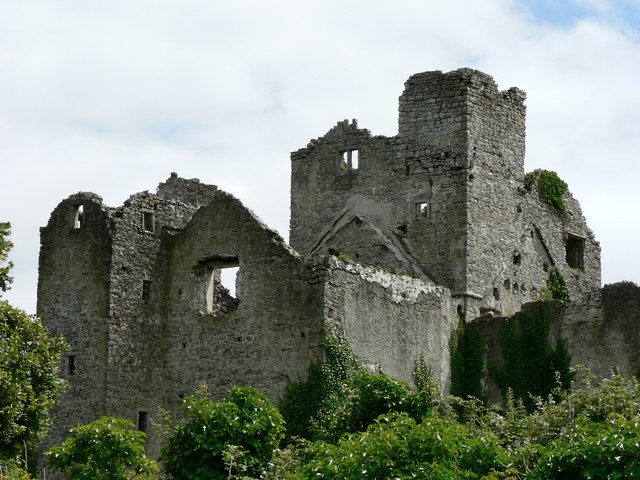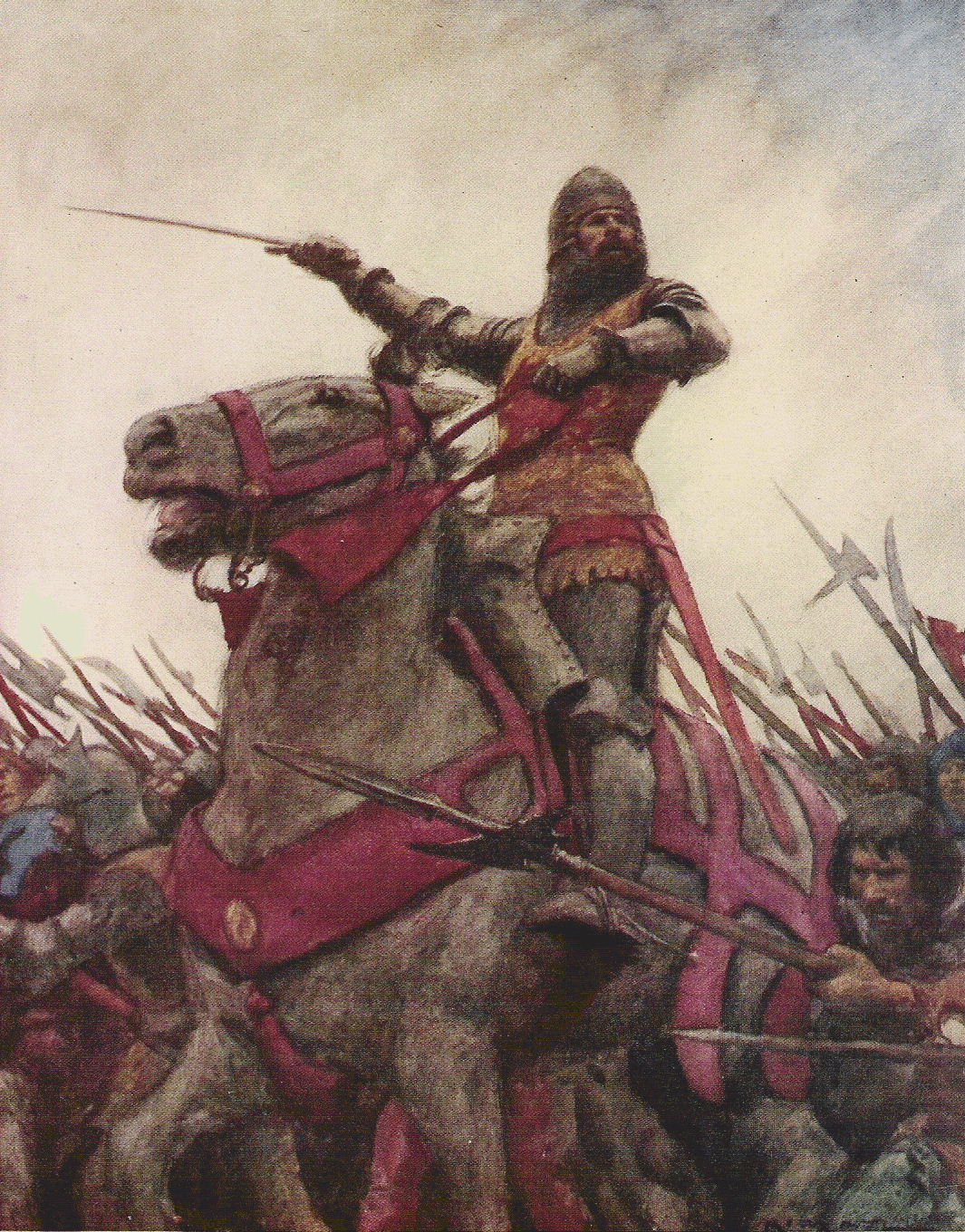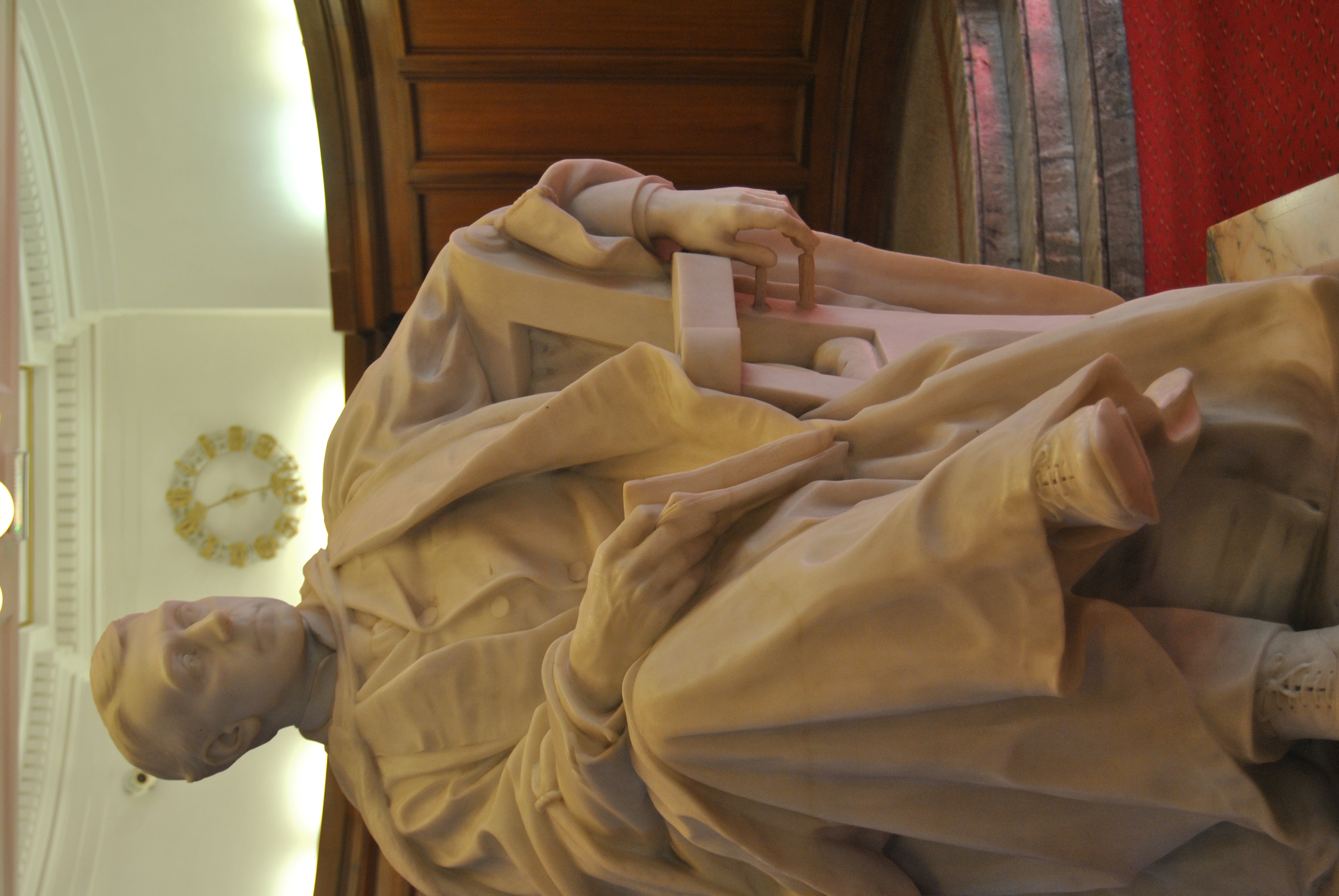|
Dinas Powys
Dinas Powys (; also spelt "Dinas Powis" in English) is a town and community (Wales), community in the Vale of Glamorgan, South Wales. Its name means "fort of the provincial place" and refers to the Dinas Powys hillfort, Iron Age hillfort which overlooks the village. Dinas Powys is south-west of the centre of Cardiff and is situated on the A4055 road from Cardiff to Barry, Vale of Glamorgan, Barry, making it a popular dormitory village for city commuters. It neighbours the larger town of Penarth. Although several housing developments have been added since the late 20th century, the old centre of Dinas Powys maintains a traditional, almost rural character. It has a village common and small independent shops, pubs, restaurants and community facilities. Garages, small supermarkets, a pharmacy and a veterinary practice can be found in other parts of the town. According to recent electoral rolls, the population is in the region of 8,800, making Dinas Powys the fifth largest settleme ... [...More Info...] [...Related Items...] OR: [Wikipedia] [Google] [Baidu] |
Vale Of Glamorgan
The Vale of Glamorgan ( ), locally referred to as ''The Vale'', is a Principal areas of Wales, county borough in the South East Wales, south-east of Wales. It borders Bridgend County Borough to the west, Cardiff to the east, Rhondda Cynon Taf to the north, and the Bristol Channel to the south. With an economy based largely on agriculture and chemicals, it is the southernmost unitary authority in Wales. Attractions include Barry Island Pleasure Park, the Barry Tourist Railway, Medieval wall paintings in St Cadoc's Church, Llancarfan, Porthkerry Park, St Donat's Castle, Cosmeston Lakes Country Park and Cosmeston Medieval Village. The largest town is Barry, Vale of Glamorgan, Barry. Other towns include Penarth, Llantwit Major, and Cowbridge. There are many villages in the county borough. History The area is the southernmost part of the county of Glamorgan. Between the 11th century and 1536 the area was part of the Lordship of Glamorgan. In medieval times, the village of Cosmeston ... [...More Info...] [...Related Items...] OR: [Wikipedia] [Google] [Baidu] |
Hillfort
A hillfort is a type of fortification, fortified refuge or defended settlement located to exploit a rise in elevation for defensive advantage. They are typical of the late Bronze Age Europe, European Bronze Age and Iron Age Europe, Iron Age. Some were used in the post-Roman Empire, Roman period. The fortification usually follows the contours of a hill and consists of one or more lines of Earthworks (Archaeology), earthworks or stone Rampart (fortification), ramparts, with stockades or defensive walls, and external ditches. If enemies were approaching, the inhabitants would spot them from a distance. Prehistoric Europe saw a growing population. It has been estimated that in about 5000 BC during the Neolithic between 2 million and 5 million lived in Europe; in the Late Iron Age it had an estimated population of around 15 to 30 million. Outside Greece and Italy, which were more densely populated, the vast majority of settlements in the Iron Age were small, with ... [...More Info...] [...Related Items...] OR: [Wikipedia] [Google] [Baidu] |
Commote
A commote (, sometimes spelt in older documents as , plural , less frequently )'' Geiriadur Prifysgol Cymru'' (University of Wales Dictionary), p. 643 was a secular division of land in Medieval Wales. The word derives from the prefix ("together", "with") and the noun ("home, abode"). The English word "commote" is derived from the Middle Welsh . The basic unit of land was the , a small basic village or settlement. In theory, 100 made up a (literally, "one hundred settlements"; plural: ), and half or a third of a was a , although in practice the actual numbers varied greatly. Together with the , commotes were the geographical divisions through which defence and justice were organised. In charge of a commote would be a chieftain probably related to the ruling Prince of the Kingdom. His court would have been situated in a special , referred to as a . Here, the bonded villagers who farmed the chieftain's estate lived, together with the court officials and servants. Commotes were f ... [...More Info...] [...Related Items...] OR: [Wikipedia] [Google] [Baidu] |
Cantref
A cantref ( ; ; plural cantrefi or cantrefs; also rendered as ''cantred'') was a Wales in the Early Middle Ages, medieval Welsh land division, particularly important in the administration of Welsh law. Description Land in medieval Wales was divided into ''cantrefi'', which were themselves divided into smaller commote, ''cymydau'' (commotes). The word ''cantref'' is derived from ''cant'' ("a hundred") and ''tref'' ("town" in modern Welsh language, Welsh, but formerly used for much smaller settlements). The ''cantref'' is thought to be the original unit, with the commotes being a later division. ''Cantrefi'' could vary considerably in size: most were divided into two or three commotes, but the largest, the ''Cantref Mawr'' (or "Great Cantref") in Ystrad Tywi (now in Carmarthenshire) was divided into seven commotes. History The antiquity of the ''cantrefi'' is demonstrated by the fact that they often mark the boundary between Welsh language#Dialects, dialects. Some were originally k ... [...More Info...] [...Related Items...] OR: [Wikipedia] [Google] [Baidu] |
Boverton
Boverton () is a village located to the east of Llantwit Major in the Vale of Glamorgan in South Wales. History Boverton was founded during the reign of William the Conqueror in England. It is thought that he himself founded Boverton as a farming community beneath his mighty castle. However, Robert Fitzhamon is credited with founding the castle here, Boverton Place, during the 12th century. The castle was rebuilt around 1587 by Roger Seys, a land owner and attorney general of Wales. Boverton Place was an "impressive" fortified manor house of considerable size. The Seys family, prominent in Glamorgan throughout the 17th century, moved out in the late 17th century and it fell into decay in the following century. Local legend states the castle is haunted by the Black Lady who was spotted by men working on the castle in the early 19th Century. She was described as a tall, shadowy figure dressed in mourning clothes. Landmarks In present-day Boverton there is a brook, several housin ... [...More Info...] [...Related Items...] OR: [Wikipedia] [Google] [Baidu] |
Llantwit Major
Llantwit Major () is a town and community (Wales), community in Wales on the Bristol Channel coast. It is one of four towns in the Vale of Glamorgan, with the third largest population (13,366 in 2001) after Barry, Vale of Glamorgan, Barry and Penarth, and ahead of Cowbridge. It is from Cowbridge, from Bridgend, from Barry, and from Cardiff. It had a population of 9,530 in 2021. ''Llanilltud Fawr'', named for the Llan (placename), Llan (land) of Saint Illtud, was home to the Monastery of Illtud and the college known as Bangor Illtyd. It became one of the most esteemed centres of Christian culture in the Celtic Britons, Celtic world. At its peak it had over 2,000 students, including princes, eminent clergymen, and revered saints. The institutions were destroyed by the raiding Vikings in 987, but Anglo-Normans, Normans rebuilt the monastery in 1111 and it continued to be a centre of learning until it was disbanded in 1539 during the dissolution of the monasteries. The 13th-cen ... [...More Info...] [...Related Items...] OR: [Wikipedia] [Google] [Baidu] |
Owain Glyndŵr
Owain ap Gruffydd (28 May 135420 September 1415), commonly known as Owain Glyndŵr (Glyn Dŵr, , anglicised as Owen Glendower) was a Welsh people, Welsh leader, soldier and military commander in the Wales in the late Middle Ages, late Middle Ages, who led a Glyndŵr rebellion, 15-year-long Welsh revolt with the aim of ending Kingdom of England, English rule in Wales. He was an educated lawyer, forming the first Welsh parliament under his rule, and was the last native-born Welshman to claim the title Prince of Wales. During the year 1400, Glyndŵr, a Welsh soldier and Glyndyfrdwy, Lord of Glyndyfrdwy had a dispute with a neighbouring Peerage of England, English Lord, the event which spiraled into a national revolt pitted common Welsh countrymen and nobles against the English military. In response to the rebellion, discriminatory Penal laws against the Welsh, penal laws were implemented against the Welsh people; this deepened civil unrest and significantly increased support for ... [...More Info...] [...Related Items...] OR: [Wikipedia] [Google] [Baidu] |
Twelve Knights Of Glamorgan
The Twelve Knights of Glamorgan were a "legendary" group of mercenaries who followed Robert Fitzhamon (d.1107), the Norman conqueror of Glamorgan. Although Fitzhamon was an actual historical figure, 16th-century historians, in particular Sir Edward Stradling, built upon the legend of a group of knights who ruled over the county in his stead. The fact that many of the knights existed during the period gave the legend credence. Background The legend of the Twelve Knights of Glamorgan was founded by the antiquarian Sir Edward Stradling (d. 1609) of St Donat's Castle in Glamorgan. In 1561, he wrote "The Winning of the Lordship of Glamorgan out of Welshmens' Hands", describing the actions of Robert FitzHamon, the first Lord of Glamorgan, assigning to him twelve Knights who followed him from Gloucestershire to effect the conquest. Most of the knights in his list withstand modern historical scrutiny, but not however the Stradling knight himself, the ancestor of Sir Edward, whom he h ... [...More Info...] [...Related Items...] OR: [Wikipedia] [Google] [Baidu] |
Downtown Dinas Powys - Geograph
''Downtown'' is a term primarily used in American and Canadian English to refer to a city's sometimes commercial, cultural and often the historical, political, and geographic heart. It is often synonymous with its central business district (CBD). It may also be a center for shopping and entertainment. Downtowns typically contain a small percentage of a city's employment but are concentrated in services, including high-end services (office or white-collar jobs). Sometimes, smaller downtowns include lower population densities and nearby lower incomes than suburbs. It is often distinguished as a hub of public transit and culture. History Origins The ''Oxford English Dictionarys first citation for "down town" or "downtown" dates to 1770, in reference to the center of Boston. Some have posited that the term "downtown" was coined in New York City, where it was in use by the 1830s to refer to the original settlement, or town, at the southern tip of the island of Manhattan.Fogelson, ... [...More Info...] [...Related Items...] OR: [Wikipedia] [Google] [Baidu] |
The Daily Telegraph
''The Daily Telegraph'', known online and elsewhere as ''The Telegraph'', is a British daily broadsheet conservative newspaper published in London by Telegraph Media Group and distributed in the United Kingdom and internationally. It was founded by Arthur B. Sleigh in 1855 as ''The Daily Telegraph and Courier''. ''The Telegraph'' is considered a newspaper of record in the UK. The paper's motto, "Was, is, and will be", was included in its emblem which was used for over a century starting in 1858. In 2013, ''The Daily Telegraph'' and ''The Sunday Telegraph'', which started in 1961, were merged, although the latter retains its own editor. It is politically conservative and supports the Conservative Party (UK), Conservative Party. It was moderately Liberalism, liberal politically before the late 1870s.Dictionary of Nineteenth Century Journalismp 159 ''The Telegraph'' has had a number of news scoops, including the outbreak of World War II by rookie reporter Clare Hollingworth, desc ... [...More Info...] [...Related Items...] OR: [Wikipedia] [Google] [Baidu] |
Sub-Roman Britain
Sub-Roman Britain, also called post-Roman Britain or Dark Age Britain, is the period of late antiquity in Great Britain between the end of Roman rule and the founding of Anglo-Saxon kingdoms. The term was originally used to describe archaeological remains found in 5th- and 6th-century AD sites that hinted at the decay of locally made wares from a previous higher standard under the Roman Empire. It is now used to describe the period that began with the recall of Roman troops from Britannia to Gaul by Constantine III in 407 and ended with the Battle of Deorham in 577. This period has attracted a great deal of academic and popular debate, in part because of the lack of written records from the time. Meaning of terms The period of sub-Roman Britain traditionally covers the history of the parts of Britain that had been under Roman rule from the end of Roman imperial rule, traditionally dated to be in 410, to the arrival of Saint Augustine in 597. The date taken for the end ... [...More Info...] [...Related Items...] OR: [Wikipedia] [Google] [Baidu] |
University College, Cardiff
Cardiff University () is a public research university in Cardiff, Wales. It was established in 1883 as the University College of South Wales and Monmouthshire and became a founding college of the University of Wales in 1893. It was renamed University College, Cardiff in 1972 and merged with the University of Wales Institute of Science and Technology in 1988 to become University of Wales College, Cardiff and then University of Wales, Cardiff in 1996. In 1997 it received degree-awarding powers, but held them in abeyance. It adopted the operating name of Cardiff University in 1999; this became its legal name in 2005, when it became an independent university awarding its own degrees. Cardiff University is the only Welsh member of the Russell Group of research-intensive British universities. Academics and alumni of the university have included four heads of state or government and two Nobel laureates. the university's academics include 17 fellows of the Royal Society, 11 fellows ... [...More Info...] [...Related Items...] OR: [Wikipedia] [Google] [Baidu] |








